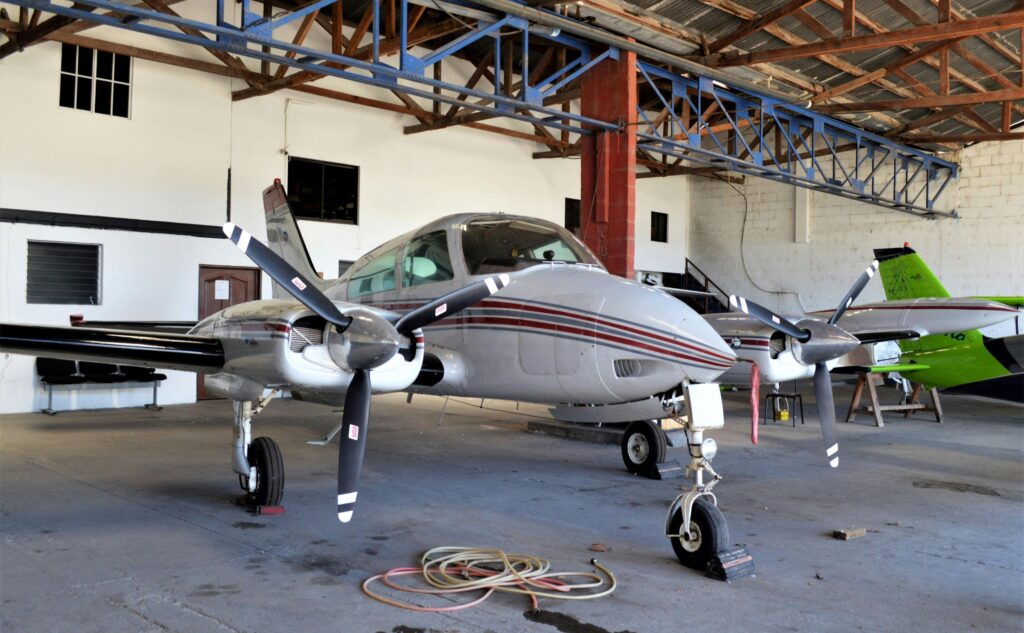
Borescope Inspections – The New Gold Standard
Mastering Borescope Inspections for Comprehensive Engine Health.
Why have borescope inspections become so important, surpassing the differential pressure test, yet many mechanics, maintenance shops, and aircraft owners still overlook their value?
The reasons are:
1️⃣ The differential pressure test is required by maintenance manuals.
2️⃣ The results seem objective—readings provide a numerical value that appears definitive.
However, as discussed previously, the reliability of differential pressure tests is questionable. Too many cylinders have been replaced due to misleading results. A borescope inspection offers a more comprehensive and accurate assessment, allowing professionals to detect early signs of deterioration before failure occurs. Instead of replacing cylinders prematurely based on an unreliable reading, parts are only repaired or replaced when necessary.
Why Not Just Eliminate the Differential Pressure Test?
If borescope inspections provide a superior engine health assessment, why not eliminate differential pressure tests entirely?
The problem is twofold:
- Regulatory Requirements – Maintenance manuals still mandate differential pressure tests, making them unavoidable.
- Skill & Interpretation – Unlike a simple PSI reading, borescope inspections require interpretation. A skilled professional must analyse images to determine whether a condition is normal or problematic.
Many aircraft mechanics and pilot-owners lack experience interpreting borescope images. Untrained eyes might panic over normal wear or miss critical warning signs. That’s the challenge—either educate your mechanic or learn to perform and interpret borescope inspections yourself.
Online Resources for Learning Borescope Inspections
The best approach is to consult an experienced professional. But what if one isn’t available? Fortunately, pilot-owners and aircraft mechanics can develop their skills using online resources.
AOPA, EAA, and AVweb offer free educational materials on borescope inspections. One of the most useful resources is AOPA’s “Anatomy of a Valve Failure“ guide. It details common failure modes and includes a poster with images showing both healthy and damaged valves at various stages of deterioration.
Additionally, many articles and blog posts discuss recommended borescope brands and models, helping you choose the best tool for the job.
SavvyAviation’s Borescope Initiative
One of the most valuable online resources is SavvyAviation’s Borescope Initiative.
SavvyAviation is known for expert engine data analysis. But they also offer professional analysis of borescope images through a paid service. More importantly, they provide a free step-by-step guide on how to conduct a proper borescope inspection.
Their eleven-image-per-cylinder method ensures that key areas—including valve faces, valve seats, cylinder walls, and piston crowns—are thoroughly documented. These images can then be uploaded to Savvy’s web-based platform, where you can store them in a free user account.
The platform also features a report generator, creating PDF reports that can be printed and added to the aircraft maintenance records.
We use Savvy’s borescope inspection workflow with all our clients and highly recommend their services.
Benefits of Borescope Inspections
🚀 Early Problem Detection – Identify burned valves, cylinder scoring, or piston crown damage before they cause serious issues.
💰 Cost Savings – Avoid unnecessary cylinder replacements caused by misleading differential pressure test readings.
🛠️ Comprehensive Inspection – Gain a complete picture of cylinder health instead of relying on single PSI readings.
📊 Better Maintenance Records – Store and track borescope images over time, creating a valuable history of your engine’s condition.
Pitfalls of Borescope Inspections
⚠️ Requires Training – Unlike a differential pressure test, interpretation requires skill and experience.
⚠️ Potential Overreaction – Inexperienced inspectors may misinterpret normal wear as a serious problem.
⚠️ Not a Regulatory Requirement – While superior, borescope inspections are not yet mandated by most maintenance manuals.
Conclusion
The differential pressure test is outdated as a standalone diagnostic tool. While it remains a required procedure, it is often misleading. Borescope inspections provide far superior data, helping owners and mechanics make informed maintenance decisions.
In our next post, we’ll explore how to preserve your aircraft engine when not flown for more than 30 days. Stay tuned!
About Quest Aeronautics
Quest Aeronautics is a state-certified engineering office for aviation, dedicated to shaping the future of general aviation by providing innovative and cost-effective solutions to enhance aircraft performance and operations. With a focus on CS/FAR-23 and experimental/amateur-built (E/A-B) aircraft, Quest Aeronautics provides a range of services including flight testing, aircraft operations and maintenance consulting, high-quality aviation products, and tailored support for E/A-B projects. Collaborating with industry-leading partners, Quest Aeronautics is committed to delivering unparalleled support and expertise to individuals and organisations in the general aviation market.
About Author
Sebastian, the founder of Quest Aeronautics, is a driven and enthusiastic individual with a passion for aviation. Before delving into aviation, he gained valuable experience as a chemical process engineer and laboratory technician. Sebastian holds a Master of Science in Engineering and a commercial pilot licence, with several fixed-wing aircraft ratings under his belt. He has also completed an introduction course for fixed-wing performance and flying qualities flight testing at the National Test Pilot School in Mojave, CA and is compliance verification engineer for flight.
